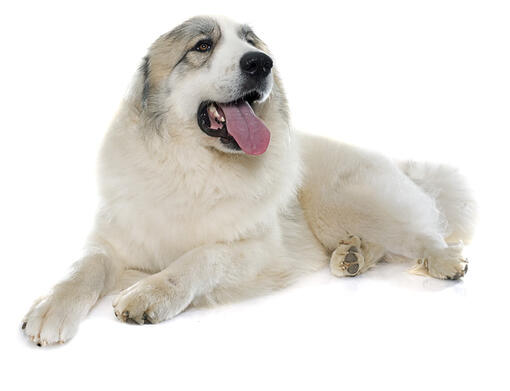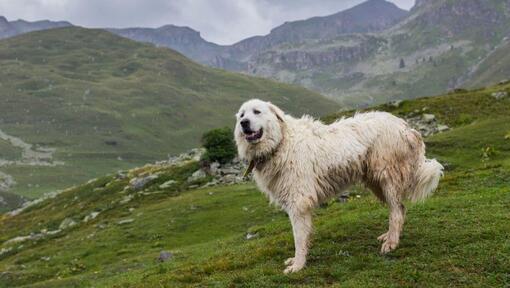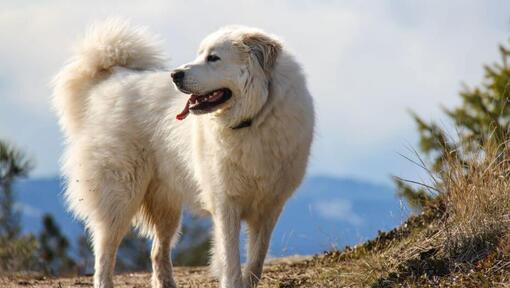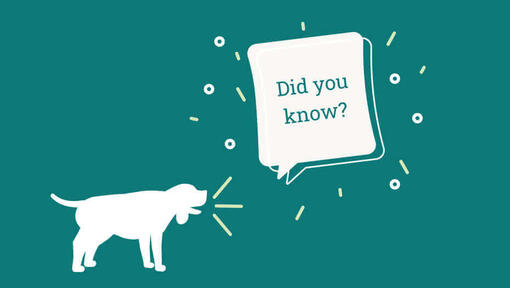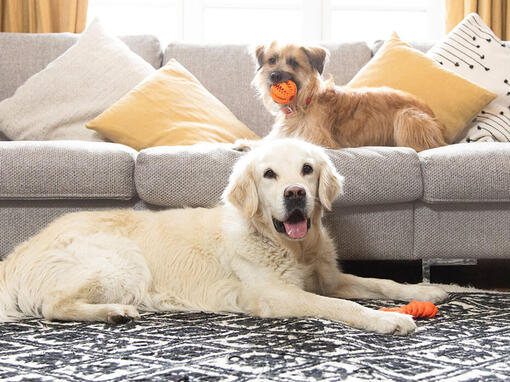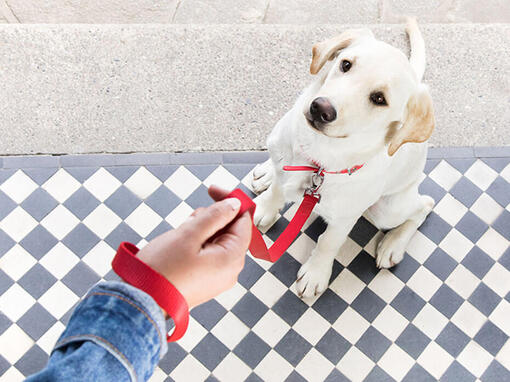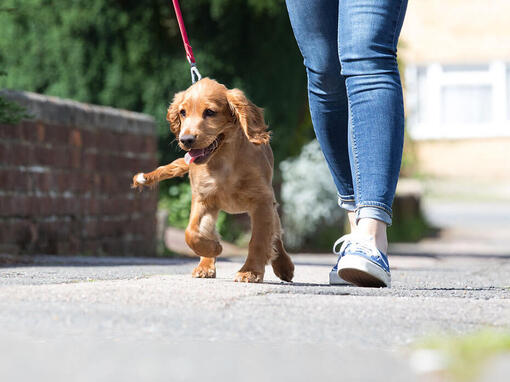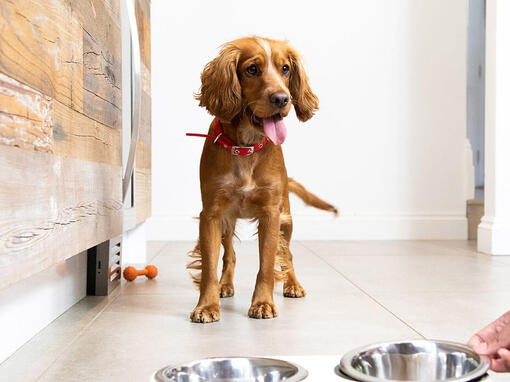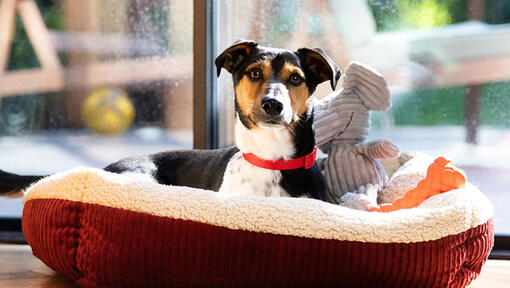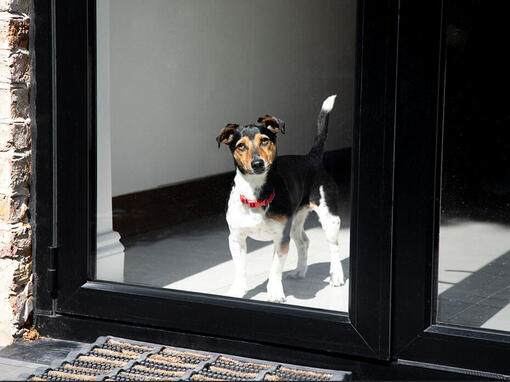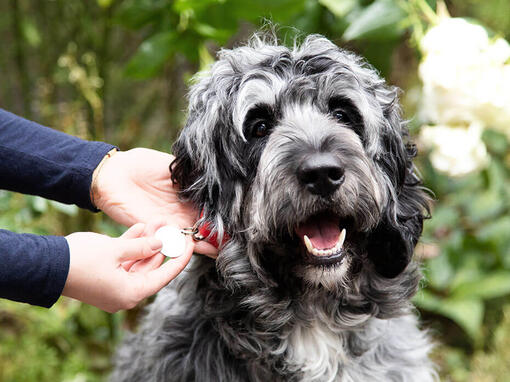Personality
Whilst Pyreneans can make affectionate and loving companions to their families, they are inclined toward aggression to strange dogs, particularly those of a similar size. Strangers will be at best mistrusted and at worst, a Pyrenean may react aggressively to those they deem unwelcome and threatening, so careful socialisation and training is advised.
Often described as headstrong and stubborn, the reality is that this is a bred long bred for a willingness to use aggression if they think necessary and an independent nature, ready to make decisions for themselves without the input of their owners. This means they really are not suitable for first-time owners as they are hard to motivate in training and must be managed very carefully.
